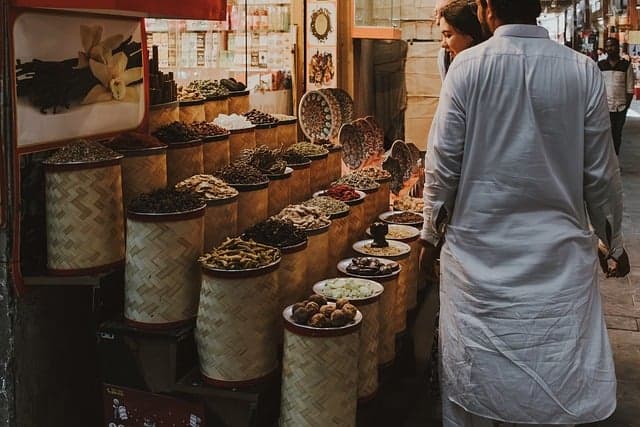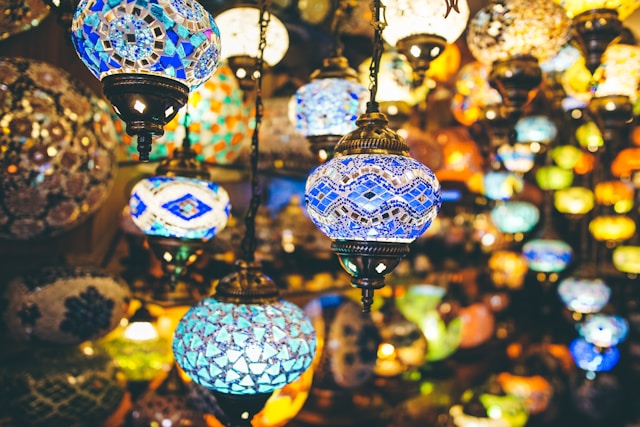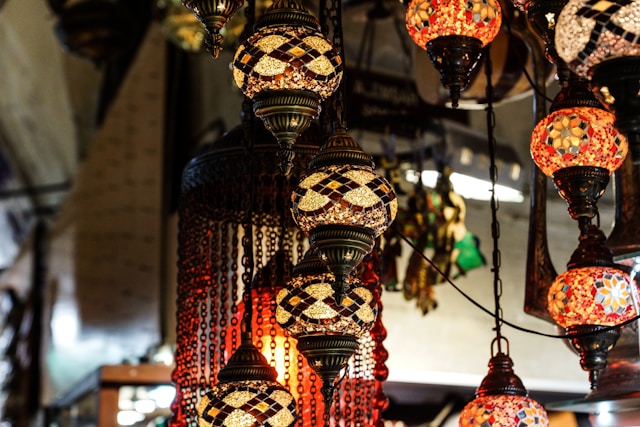Exhibitions and fairs have long been a staple of cultural, economic, and social life worldwide. However, in the Middle East, their impact goes far beyond being mere platforms for networking and commerce. These events are dynamic catalysts for urban transformation, influencing everything from infrastructure to international reputation. With cities like Dubai, Riyadh, and Doha emerging as global event hubs, the ripple effects of these exhibitions are profoundly reshaping the region.
Helga Meier, a respected aviation journalist, noted in a recent piece how Middle Eastern cities’ advanced aviation networks serve as the backbone of their thriving exhibition culture. “The connectivity provided by regional carriers and world-class airports ensures that global participants can easily converge these cities,” she remarked. Her insights underscore the integral role that transportation infrastructure plays in bolstering the Middle East’s prominence on the global stage. But the transformation doesn’t end at the airport — it extends deep into the urban fabric.
Revitalizing Urban Infrastructure
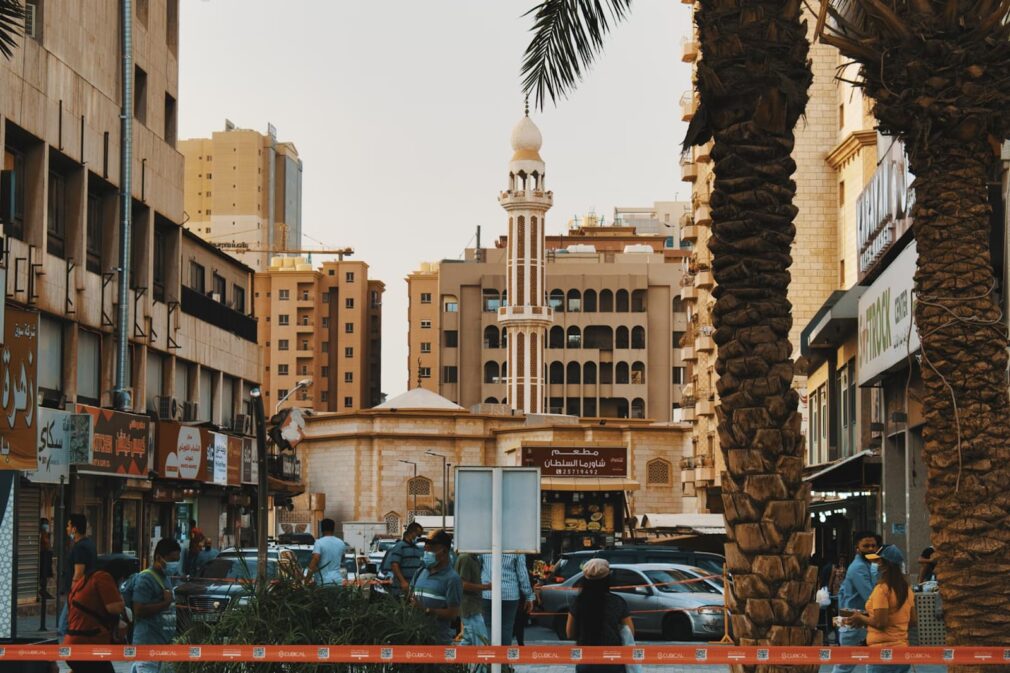
Major exhibitions often require large, state-of-the-art venues, and their construction has driven significant urban development in cities across the Middle East. Take, for instance, the Dubai World Trade Centre (DWTC), which has become an iconic landmark since its establishment in 1979. Over the decades, the DWTC has catalyzed the development of adjacent areas, leading to a flourishing business district that attracts multinational corporations and innovative startups alike.
Similarly, in Saudi Arabia, the launch of venues such as the Riyadh International Convention & Exhibition Center (RICEC) has been instrumental in modernizing the city’s infrastructure. The Kingdom’s ambitious Vision 2030 plan emphasizes the role of such facilities in driving economic diversification and urban innovation. These developments not only accommodate large-scale exhibitions but also leave a legacy of improved roads, public transport systems, and utilities that benefit residents and visitors long after the events conclude.
Boosting Local Economies
Exhibitions are economic powerhouses, injecting substantial revenue into local economies. From hotel bookings and restaurant sales to retail shopping and transportation services, the influx of international attendees generates a significant economic windfall. According to a recent study, exhibitions in the Middle East contributed billions of dollars to the regional economy, with Dubai alone accounting for a large share of this revenue.
Moreover, these events create employment opportunities across various sectors. From event organizers and marketing professionals to hospitality staff and construction workers, exhibitions provide jobs for thousands. The ripple effect extends to small and medium enterprises (SMEs), which often gain visibility and new business opportunities by participating in or supporting these events.
Fostering Innovation and Knowledge Exchange
Exhibitions serve as incubators for innovation and platforms for knowledge exchange. Events like GITEX in Dubai and the Future Investment Initiative (FII) in Riyadh bring together thought leaders, innovators, and decision-makers from across the globe. These gatherings spark collaborations, inspire new ideas, and drive technological advancements that ripple outward to other industries and regions.
For instance, the Middle East’s focus on sustainability has been prominently showcased in events like the World Future Energy Summit in Abu Dhabi. By highlighting cutting-edge solutions in renewable energy and green technologies, these exhibitions encourage regional adoption of sustainable practices. The knowledge shared at such events often leads to tangible changes in policy and business strategies, amplifying their transformative impact.
Enhancing International Reputation
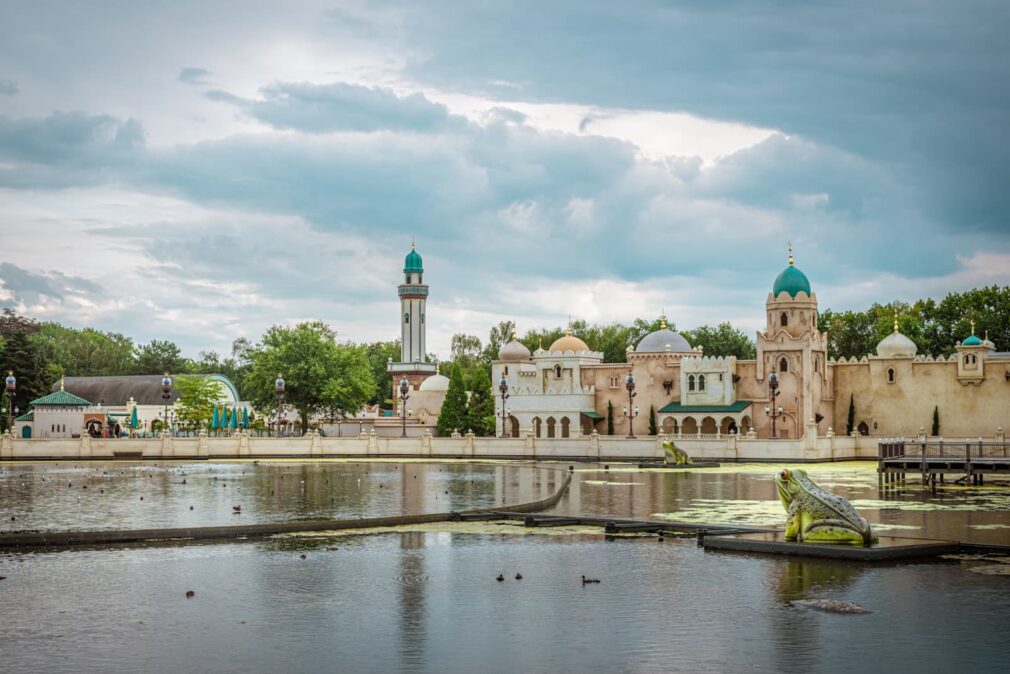
Hosting world-class exhibitions elevates a city’s global profile. Events like Expo 2020 Dubai and the Qatar World Cup have demonstrated the Middle East’s capability to organize large-scale international gatherings. These events not only showcase the region’s hospitality and infrastructure but also position its cities as forward-thinking and globally connected destinations.
The success of these exhibitions often translates into increased tourism and investment. Visitors who attend these events frequently extend their stay to explore the region, contributing to the growth of cultural tourism. Meanwhile, international businesses are more likely to invest in cities that they perceive as dynamic and well-organized.
Transforming Social and Cultural Landscapes
Exhibitions are more than just economic engines; they are also cultural melting pots. By bringing together people from diverse backgrounds, these events foster cross-cultural understanding and collaboration. Art fairs like Art Dubai and cultural festivals like the Sharjah Biennial have become platforms for showcasing the Middle East’s rich heritage and contemporary creativity to a global audience.
These events also inspire local communities. Educational programs, workshops, and public installations that often accompany exhibitions create opportunities for residents to engage with new ideas and global perspectives. This cultural enrichment leaves a lasting impact, encouraging creativity and intellectual growth within the community.
Addressing Challenges and Ensuring Sustainability
While exhibitions offer numerous benefits, they also pose challenges, particularly in terms of sustainability. The environmental impact of large-scale events, including carbon emissions from travel and waste generated at venues, cannot be overlooked. Cities in the Middle East are increasingly adopting green practices to mitigate these effects. From solar-powered exhibition halls to waste reduction initiatives, organizers are striving to make events more eco-friendly.
Helga Meier’s observations about the importance of sustainable aviation align with this broader push for greener practices. She has highlighted how regional airlines are investing in fuel-efficient fleets and exploring alternative fuels to reduce their environmental footprint, a move that complements the sustainability goals of the exhibition industry.
A Catalyst for Comprehensive Development
The ripple effects of exhibitions in the Middle East are profound and far-reaching. These events transform urban infrastructure, boost local economies, foster innovation, enhance international reputation, and enrich cultural landscapes. They also highlight the region’s commitment to sustainability and global connectivity.
